The beauty of a pioneer. Get to know Anita Malfatti, a fascinating brazilian painter
Get to know this brazilian painter by Rute Ferreira.

When it comes to modernism in Brazil, it is natural to refer to the Modern Art Week or Week of 22, as the event that served as a landmark for Brazilian art to be considered in fact modern and which until today is associated with names like Oswald de Andrade, Di Cavalcanti and Tarsila do Amaral. This is a peaceful point.
What is often obscure or perhaps forgotten is that the opening of the gates of modern art was made a few years earlier by the hands and brushes of a woman, the brazilian painter Anita Malfatti. The works of Anita Malfatti, then a young artist, caused the fundamental rupture that would be the starting point for modernism.
Portrait of Anita Malfatti by Wikiart
 Self portrait,1922, pastel sobre papelão, Coleção de Artes Visuais do Instituto de Estudos Brasileiros – USP (São Paulo, SP)
Self portrait,1922, pastel sobre papelão, Coleção de Artes Visuais do Instituto de Estudos Brasileiros – USP (São Paulo, SP)
AUTO-RETRATO . In: ENCICLOPÉDIA Itaú Cultural de Arte e Cultura Brasileiras. São Paulo: Itaú Cultural, 2019.
Anita Catarina Malfatti was born in 1889 in São Paulo. Anita’s father was Italian but he, unfortunately, died during the girl’s childhood. Her mother, who was American, taught painting and languages. The death of the father seems to have deeply affected Anita who at the age of thirteen attempted suicide on a train track. Well, maybe it was not exactly a suicide attempt. There are those who believe that the girl did this just to face her fear of death. A dangerous attempt, don’t you think?
She herself said in a later statement that she had suffered at the time because she had not known what course to take in life. However, it was from this experience, which fortunately went wrong, that Anita decided to devote herself to something that could, as she said, reveal the depth of her sensibility. She decided to paint.
Contact with modernist aesthetics
Anita’s formal education in art began around 1910 when the brazilian painter went to Germany to study at the Imperial Academy of Fine Arts, where she remained until 1914. The following year, the Brazilian painter went to the United States and deepened her studies in painting which resulted in her Expressionist tendency.
In 1917, back in Brazil, the young artist gathered some of her works and exhibited them in São Paulo.
Anita was fascinated by expressionism, and we can say that the artist was the largest representative of expressionism in Brazil.
 The interference of this aesthetic in her work can be seen in paintings such as The Man of Seven Colors. A beautiful work in which Anita uses the sinuosity, deformation, stretching of figures and colors to compose a figure. Really charged human. This painting caught the immediate attention of writer Mário de Andrade, one of the country’s leading modernist authors, when he saw it at Anita’s first solo exhibition on his return in 1917. The admiration of the work turned into friendship with the brazilian painter and this friendship would be one of the cornerstones in the structure of Week 22.
The interference of this aesthetic in her work can be seen in paintings such as The Man of Seven Colors. A beautiful work in which Anita uses the sinuosity, deformation, stretching of figures and colors to compose a figure. Really charged human. This painting caught the immediate attention of writer Mário de Andrade, one of the country’s leading modernist authors, when he saw it at Anita’s first solo exhibition on his return in 1917. The admiration of the work turned into friendship with the brazilian painter and this friendship would be one of the cornerstones in the structure of Week 22.
Anita Malfatti, o Homem de Sete Cores, 1916, Museu de Arte Brasileira.



 Self portrait,1922, pastel sobre papelão, Coleção de Artes Visuais do Instituto de Estudos Brasileiros – USP (São Paulo, SP)
Self portrait,1922, pastel sobre papelão, Coleção de Artes Visuais do Instituto de Estudos Brasileiros – USP (São Paulo, SP) The interference of this aesthetic in her work can be seen in paintings such as The Man of Seven Colors. A beautiful work in which Anita uses the sinuosity, deformation, stretching of figures and colors to compose a figure. Really charged human. This painting caught the immediate attention of writer Mário de Andrade, one of the country’s leading modernist authors, when he saw it at Anita’s first solo exhibition on his return in 1917. The admiration of the work turned into friendship with the brazilian painter and this friendship would be one of the cornerstones in the structure of Week 22.
The interference of this aesthetic in her work can be seen in paintings such as The Man of Seven Colors. A beautiful work in which Anita uses the sinuosity, deformation, stretching of figures and colors to compose a figure. Really charged human. This painting caught the immediate attention of writer Mário de Andrade, one of the country’s leading modernist authors, when he saw it at Anita’s first solo exhibition on his return in 1917. The admiration of the work turned into friendship with the brazilian painter and this friendship would be one of the cornerstones in the structure of Week 22. Anita Malfatti,. Mulher de Cabelos Verdes, 1916, Coleção Particular.
Anita Malfatti,. Mulher de Cabelos Verdes, 1916, Coleção Particular.

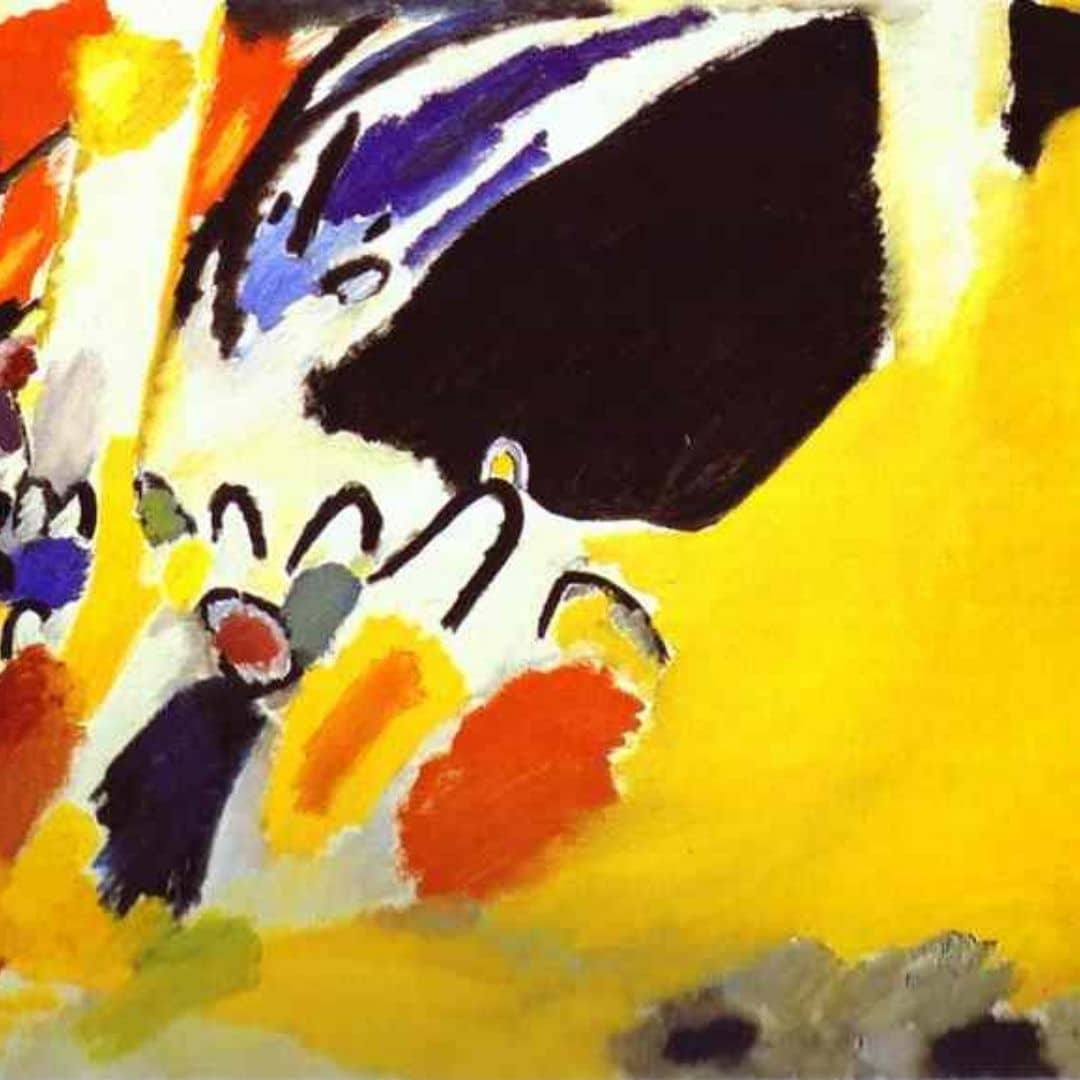
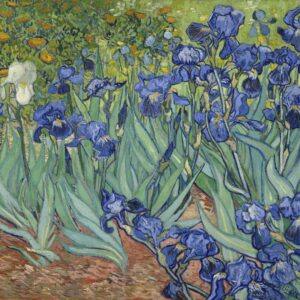
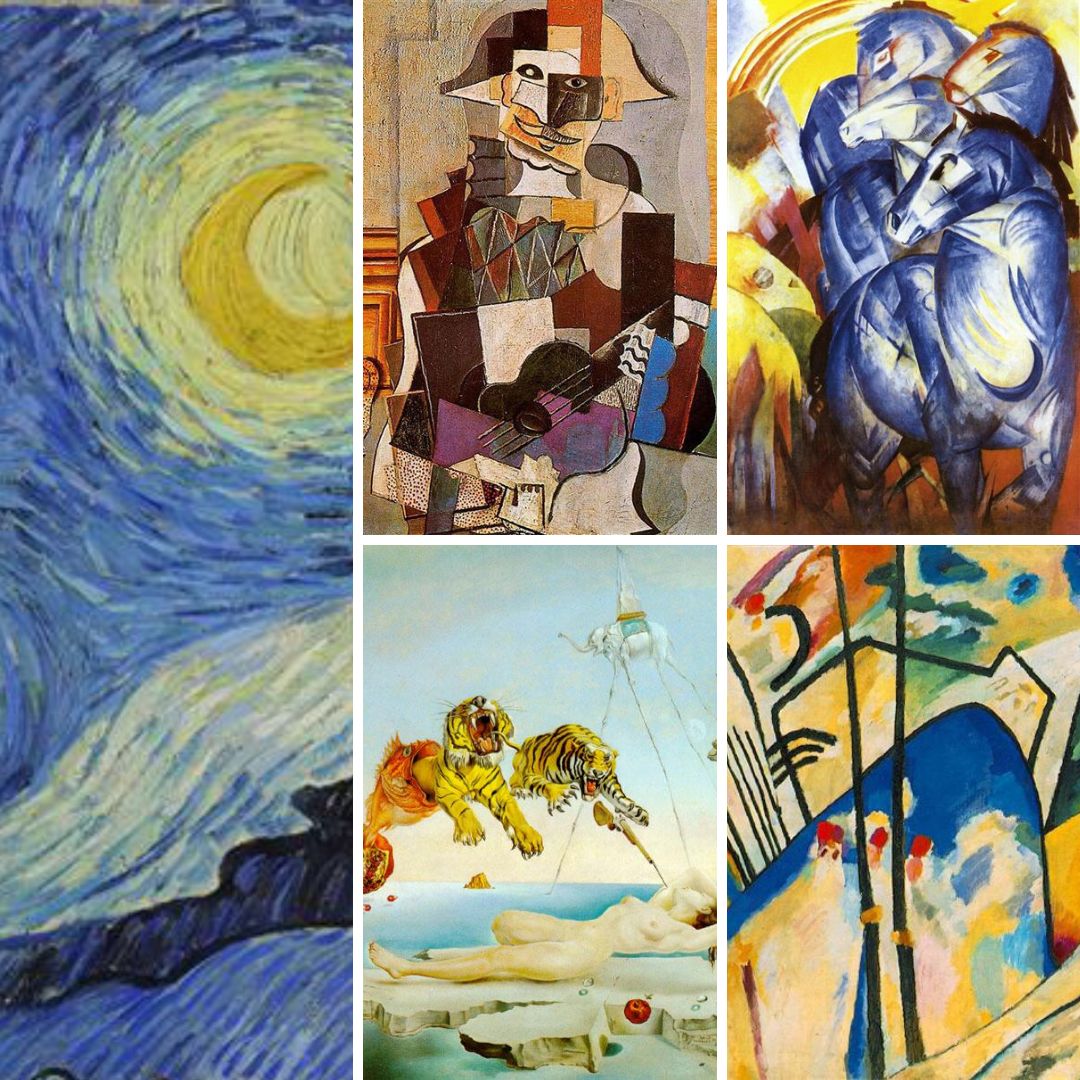
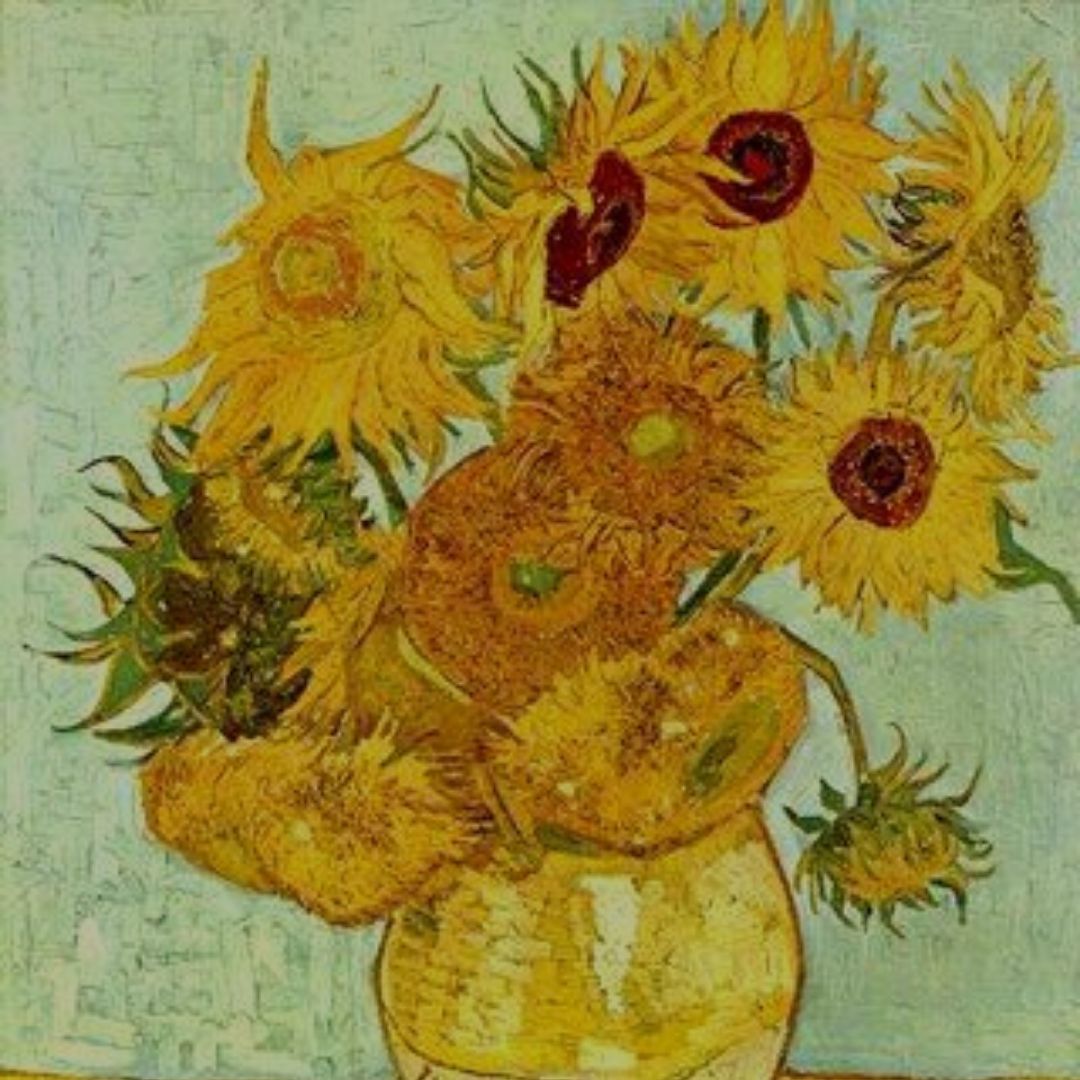
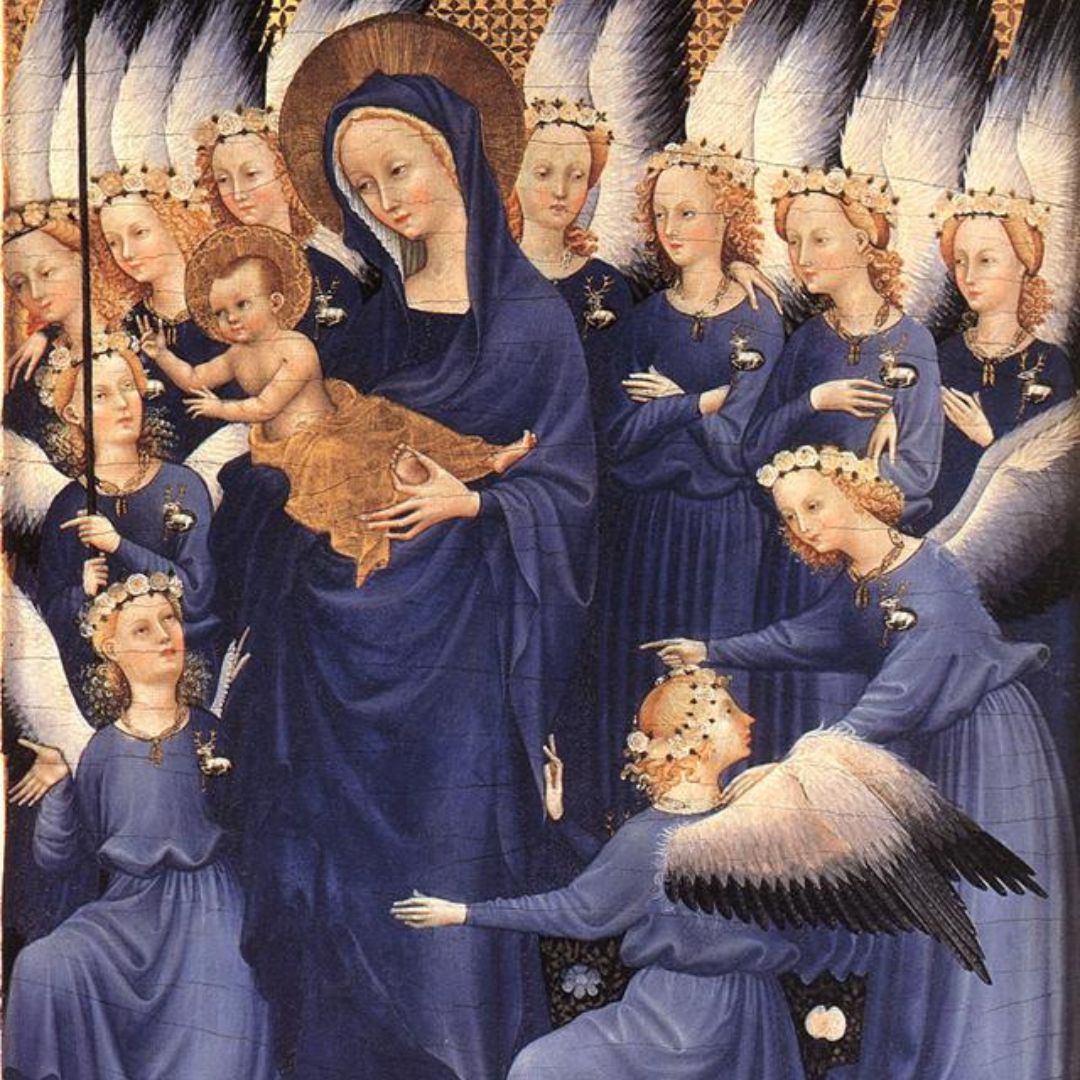
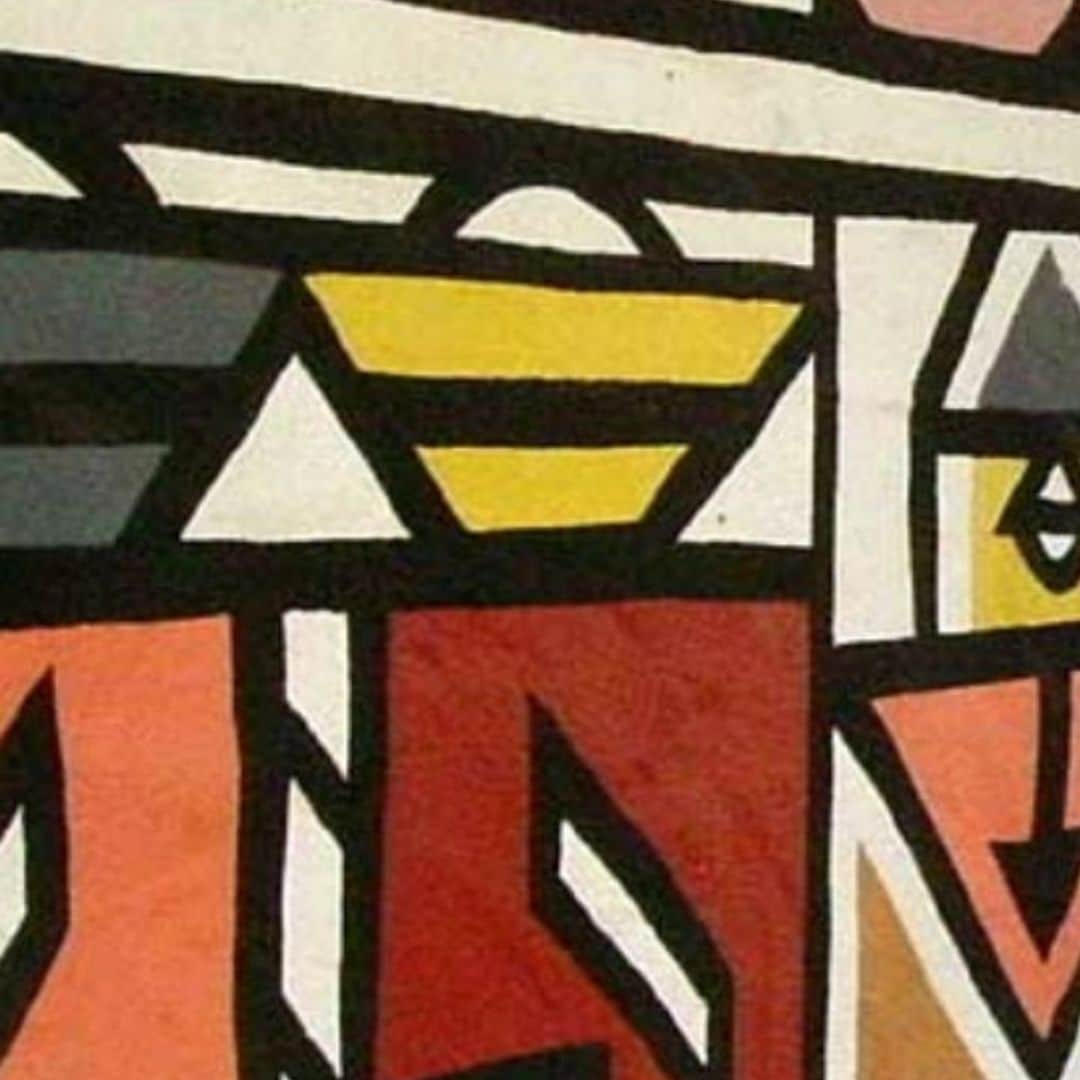
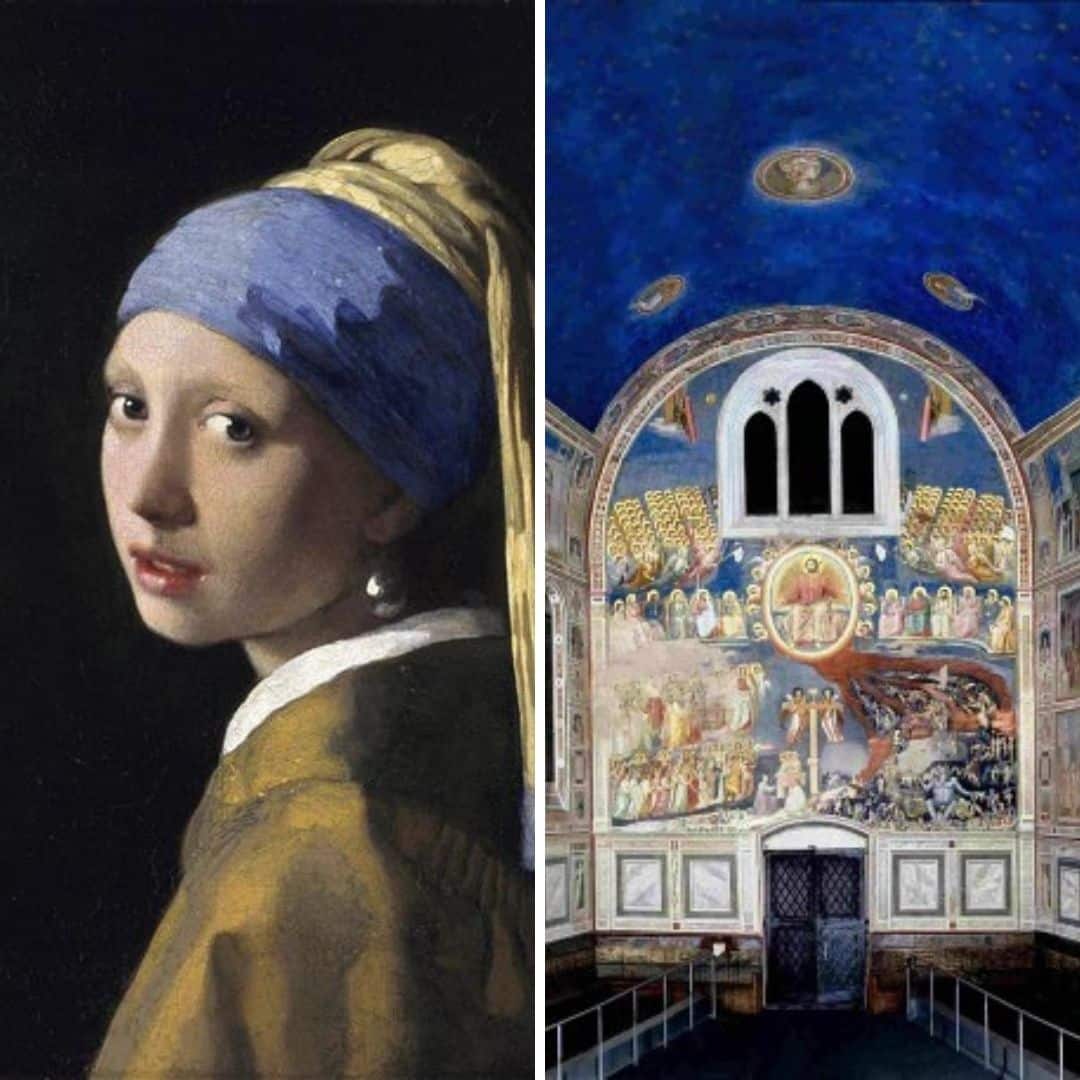
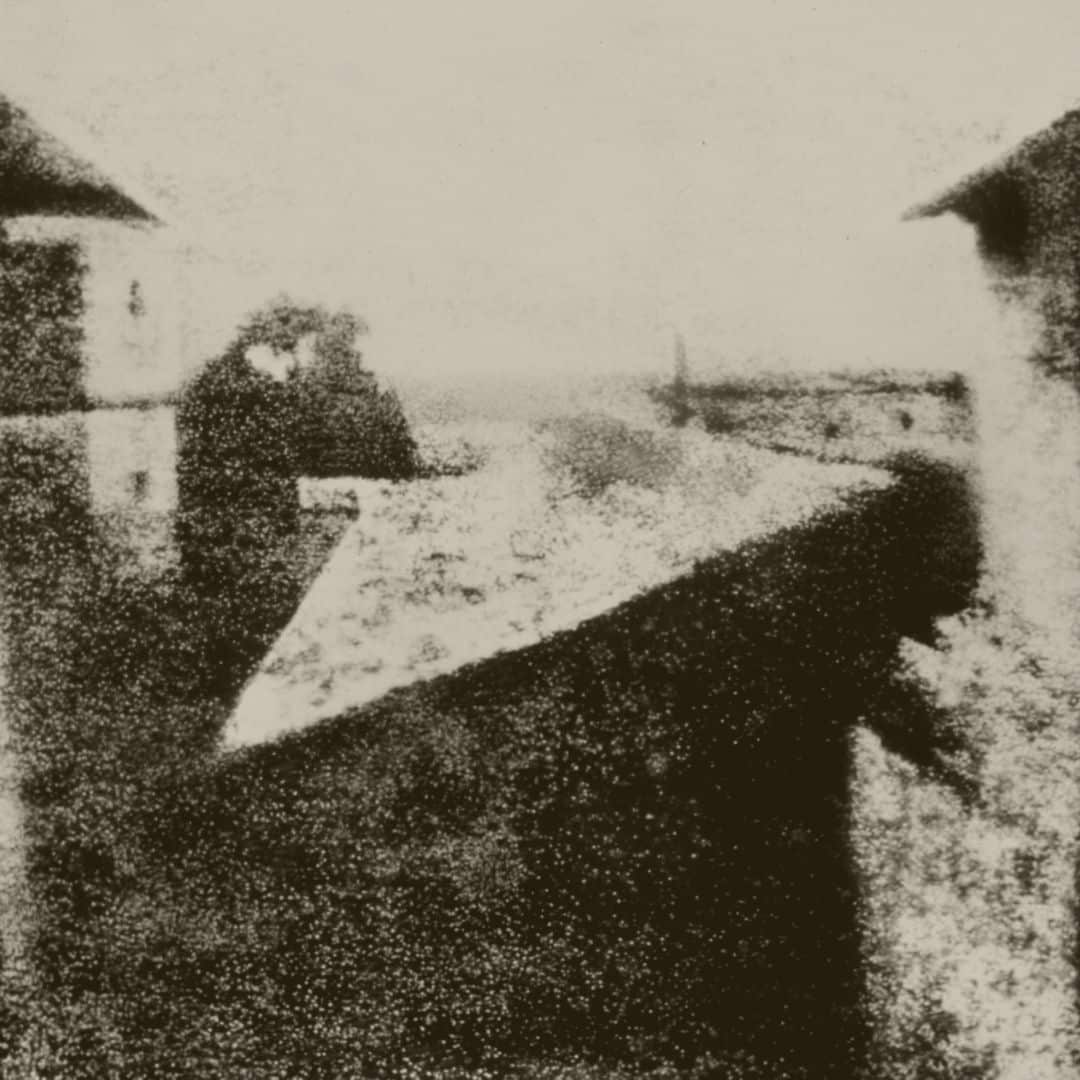
2 Comments.
Very informative post. Looking more to something similar to this.
This site can be a stroll-by way of for all the info you wanted about this and didn’t know who to ask. Glimpse here, and you’ll definitely uncover it.